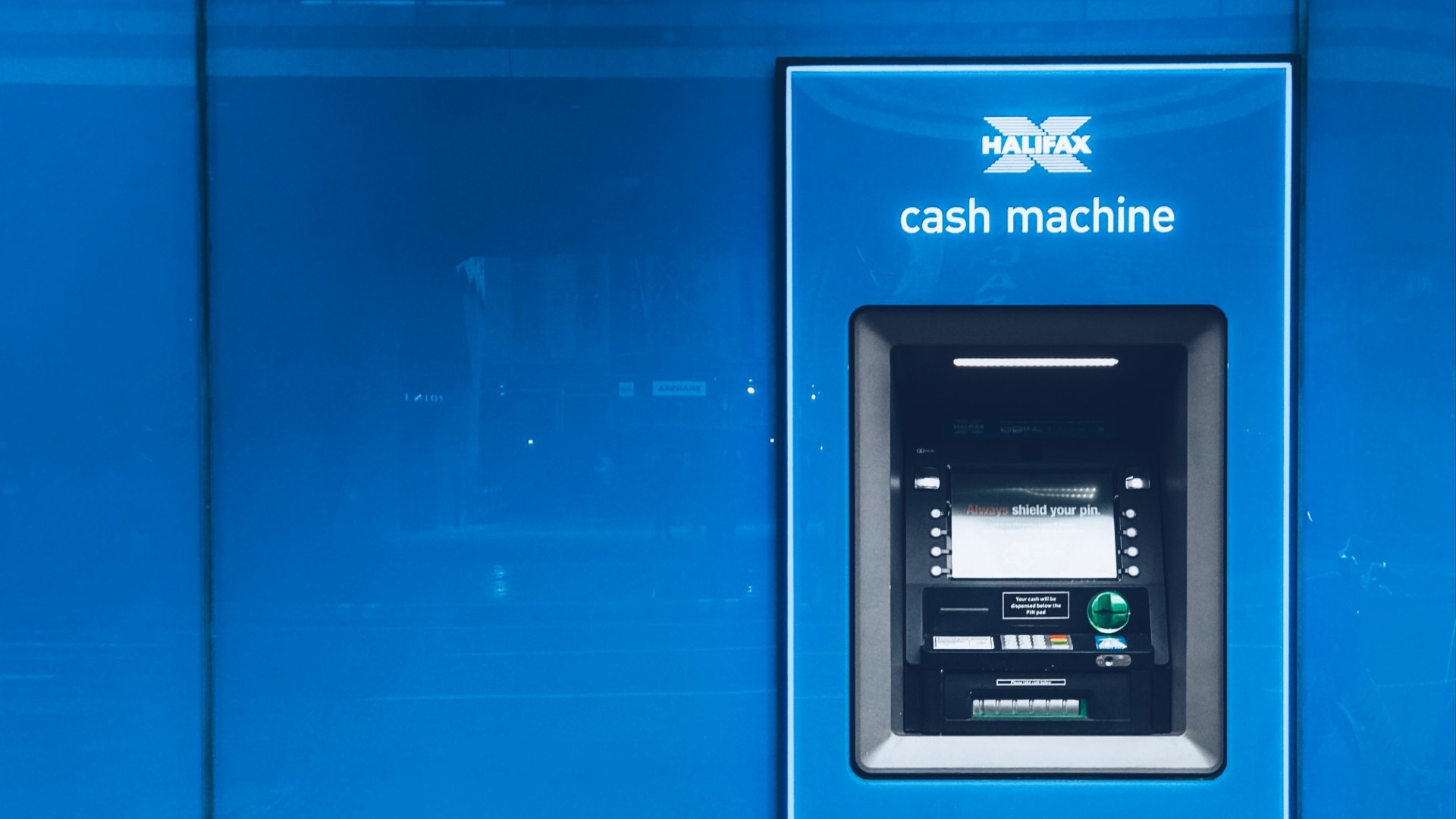What is Operational Resilience
Operational resilience refers to the ability of an organisation to continue operations through adverse events or changing business conditions. It entails adapting and responding to as well as recovering and learning from operational disruptions, including a cyber incident, natural disaster, system failure, or sudden change in market conditions.
According to McKinsey research, companies report that one month or more of disruptions occur every 3.7 years, resulting in losses worth almost 45 percent of one year’s EBITDA over the course of a decade.
Instituting operational resilience can also result in the discovery of inefficiencies and weaknesses in normal operations. Businesses, therefore, are building new levels of resiliency by revisiting their supply base and global asset footprint, digital transformation of operations, as well as transformation of business models to achieve cross-functional agility.
Incorporating risk and compliance activities into everyday processes, automation, using a common data source across the organisation, and continuously monitoring for incidents can help businesses optimise incident response. In the event of a surprise adverse event, an operational resilience plan can define and provide procedures for IT responses, supply chains, crisis management, as well as public relations and customer communications.
Additionally, disaster recovery planning is critical to business continuity. Disaster Recovery as a Service (DRaaS) is a service model that allows an organisation to back up its data and IT infrastructure in a third-party cloud computing environment and provide all the disaster recovery orchestration via a SaaS solution. DRaaS offers the ability to bring operations back to production in minutes and is an affordable and seamless solution for businesses of all sizes. It improves the availability of critical applications while enabling cost reduction and efficiency.
Our proposition
At Simplex, we help enterprises conduct operational risk management to identify and prioritise targets of resilience measures and map interdependencies between the enterprise and its partners,
vendors, customers, workers, departments, and business units. We enable the IT departments to perform resilience testing to measure readiness for various challenges and use the results to assess risk and develop mitigation strategies. These mitigation measures help enterprises establish IT systems resilience.
We also undergo risk assessment of our customers’ environment and conduct a business impact analysis. Basis that, a DR strategy is designed and executed. As part of our toolchain, we employ Veeam Backup & Replication, a single platform for modern data protection, and the Veeam Disaster Recovery Orchestrator which offers one-click site recovery and DR testing. For customers who are on Microsoft Azure, there’s Azure Site Recovery, the native disaster recovery as a service for Azure, as well as Azure Backup, a secure, one-click backup solution.
We believe that building resilience is not just an exercise in compliance but should be a cultural shift across the board. It needs to be developed as a guiding principle for all personnel, from C-suite to IT professionals.







